While it’s easy to get caught up in life on Earth, our planet is only a very small part of our galaxy, known as the Milky Way. The sun — which itself is a star — and our solar system are all part of it.
With so much ground (or rather space) to cover, it’s no surprise that there are often new developments to learn about space and our galaxy. Here are 35 fascinating facts to get you started.
Back to Ancient Greece

Even though it’s not entirely clear when the Milky Way got its name, we do know that it dates back to Ancient Greece, Matthew Stanley, a professor of the history of science at the Gallatin School of Individualized Study at New York University told Live Science.
According to Greek mythology, Zeus brought baby Hercules to his wife Hera, who was sleeping at the time, so the infant could secretly breastfeed. At one point Hera woke up and pulled away, causing her breastmilk to spray into the night sky, thereby creating the Milky Way.
Slow and Steady

The sun takes approximately 250 million years to complete one orbit of the Milky Way.
So far, the sun has made 20 trips around the galaxy.
Too Many to Count
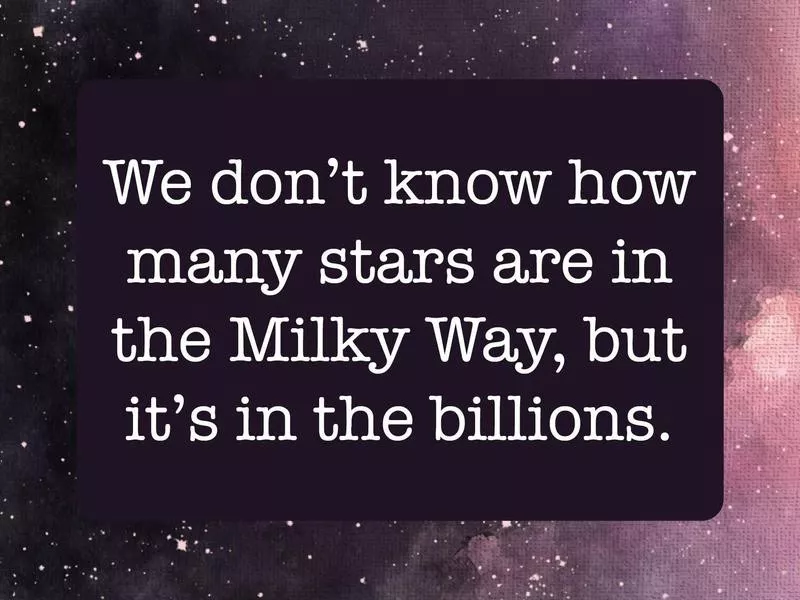
Yes, we know the Milky Way is big, but we’re not entirely sure how big it is. Specifically, scientists don’t know the exact number of stars in the galaxy.
According to Live Science, the European Space Agency’s Gaia satellite has mapped the location of 1 billion stars in the Milky Way, which is thought to represent 1 percent of the total. This means the galaxy likely contains about 100 billion stars, though that’s an estimate.
Talk About a Ton

We typically don’t think about how much celestial bodies weigh, but as it turns out, our galaxy weighs a lot. The Hubble Space Telescope and European Space Agency’s Gaia space observatory reported data in March 2019 showing that the Milky Way weighs approximately 1.5 trillion solar units, which is about 890 billion times the mass of the sun.
And research from a 2018 study in the Astrophysical Journal found that around 85 percent of the galaxy’s weight comes in the form of dark matter.
To Infinity and Beyond
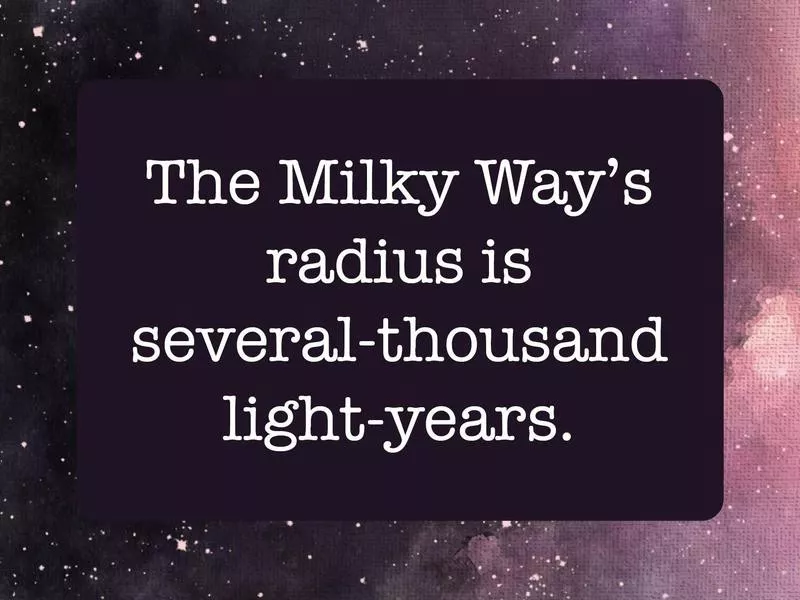
To be exact, the latest research published in March 2020 shows that the Milky Way has a radius of 1 million light-years (or a diameter of about 1.9 million).
It was previously believed to have a diameter of only about 170,000 light-years.
Still Bigger

Yes, the Milky Way is huge, but it’s actually part of an even larger grouping of galaxies known as the Virgo Supercluster.
At least 100 galaxy groups and clusters are located within the Virgo Supercluster.
Not as Big as You Think
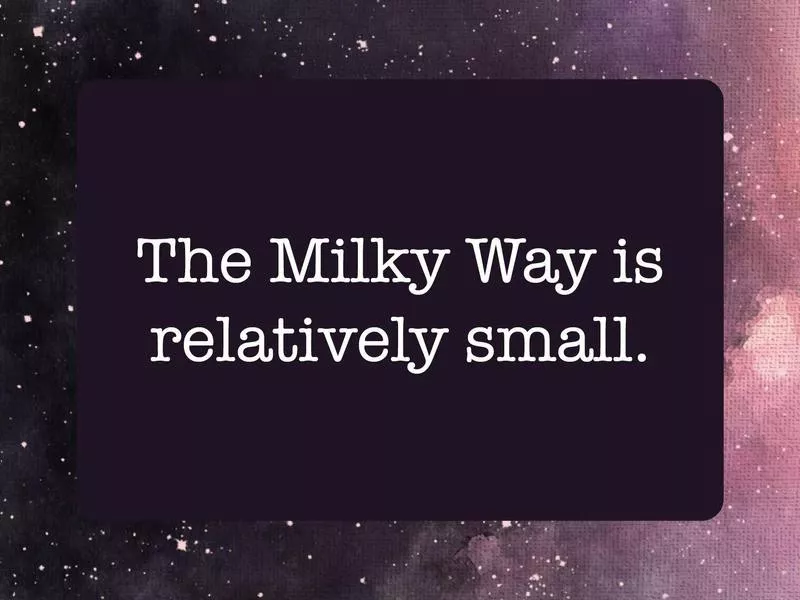
While recent research shows just how big the Milky Way is, it’s still believed to be tiny in comparison to M87, another elliptical galaxy within the Virgo Supercluster.
M87, for instance, is home to several trillion stars and a family of 15,000 globular star clusters (compared to the Milky Way’s 150 globular clusters).
Try Squinting
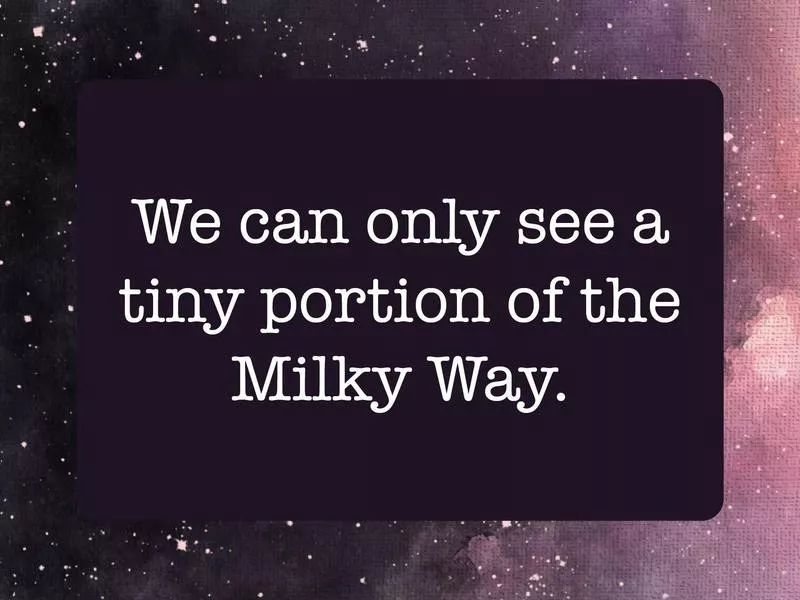
Even though all the stars we can see from Earth are in the Milky Way, we can only see a very small part of the galaxy.
Specifically, 0.000003 percent of it is visible.
That’s More Reasonable
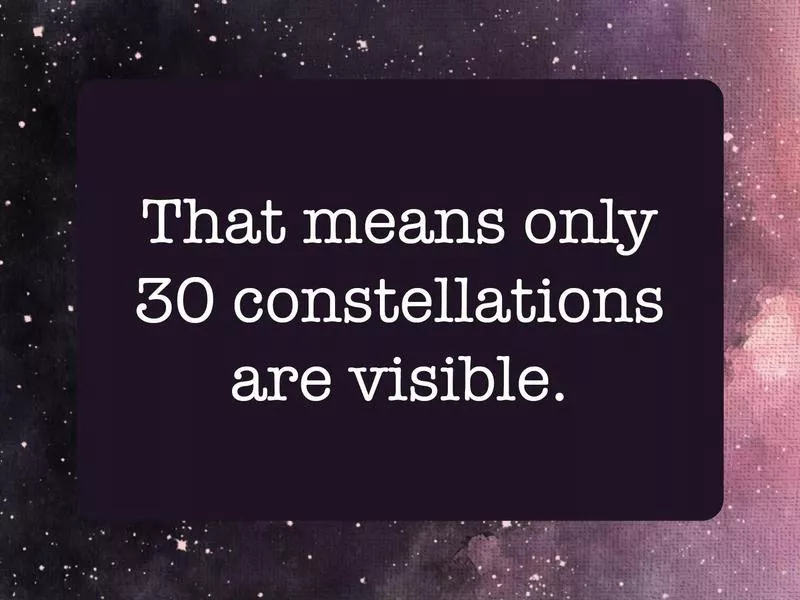
The visible region of the Milky Way’s galactic plane occupies an area that includes 30 constellations.
All in the Eye of the Beholder

Before the Ancient Greeks, the Aboriginal Australians — who were thought to be the world’s first astronomers — looked to the night sky and spotted what they thought looked like an emu.
Instead of solely focusing on stars, they also took note of the dark spaces between them.
December Birthdays Shine Bright
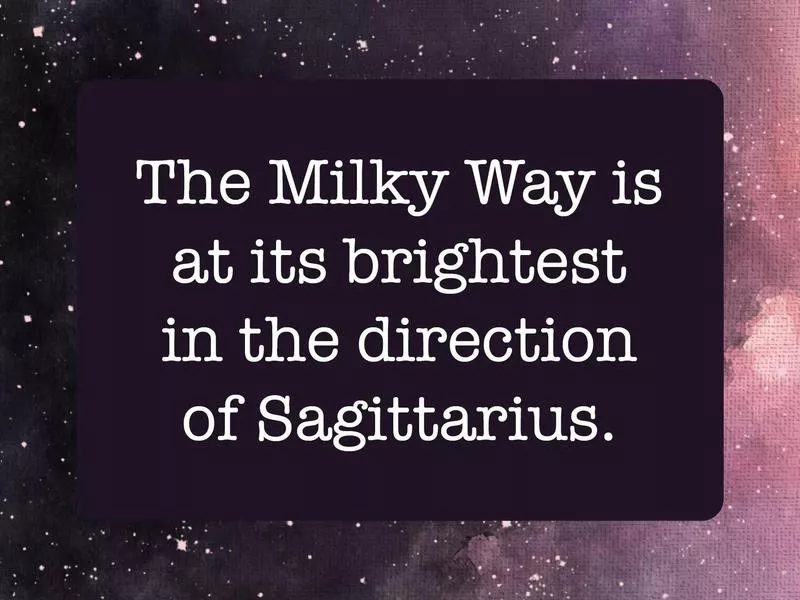
The Galactic Center lies in the direction of Sagittarius, which is where the galaxy is the brightest.
Missing Out

The Milky Way has a relatively low surface brightness, meaning light pollution or even moonlight can greatly reduce its visibility.
As a result, more than one-third of Earth’s population cannot see the Milky Way from their homes due to light pollution.
Same, Same
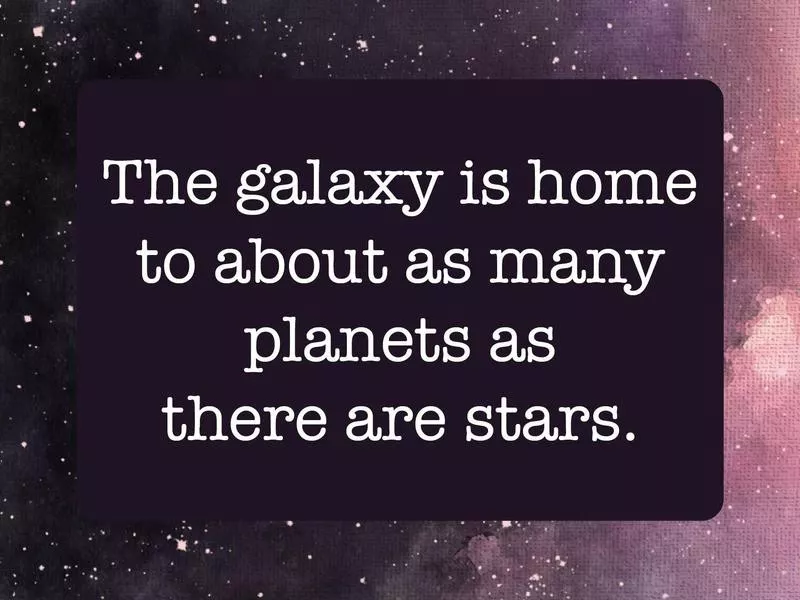
While most people can name the planets in our solar system, there are far more in the galaxy — at least 100 billion alien planets to be specific.
If this seems like a lot, that’s because it is: It’s essentially one alien planet per star.
All Halos Are Cool

Because around 85 percent of the Milky Way’s mass comes from dark matter, this means that the rest is considered “luminous matter,” which can be seen with a telescope and sometimes the naked eye.
While the galaxy does have a halo, it’s actually invisible. Scientists know it exists because they have run simulations of how the Milky Way would appear without the halo, taking into consideration how fast the stars inside the galaxy orbit the center.
It’s Not a Competition

Scientists estimate that the universe is approximately 13.7 billion years old, and the Milky Way has been around for around 13.6 billion of those years.
The disk and bulge of the galaxy are relatively new and didn’t form until around 10 to 12 billion years ago.
Nothing Ever Lasts

Enjoy the galaxy while it’s around because it won’t be here forever.
In about 4 billion or so years, the Milky Way will collide with the Andromeda Galaxy, forming a new mega-galaxy. In fact, this merger has already slowly begun.
Pop!

As it turns out, the Galactic Center of the galaxy is currently creating massive bubbles of extremely hot gas and energetic particles, National Geographic reported.
Known as “Fermi bubbles,” they are fueled by a wind blowing at 2 million miles an hour.
Total Darkness
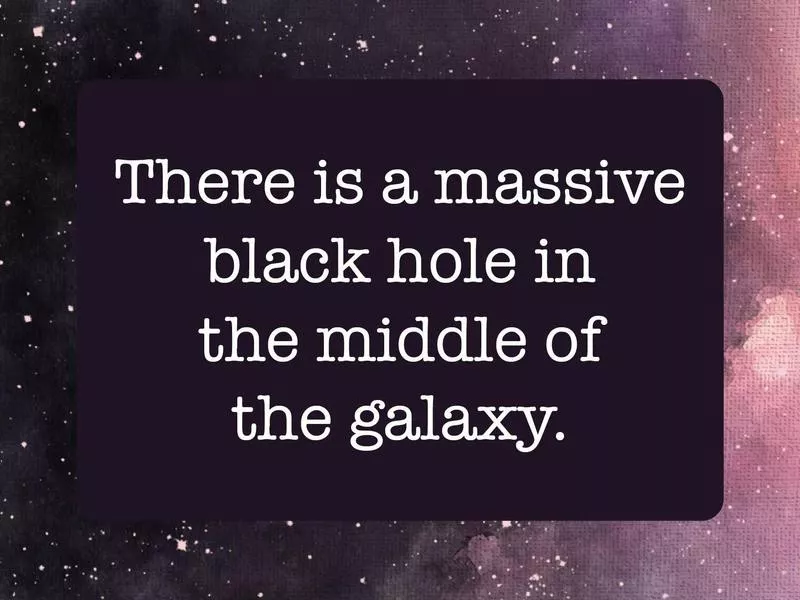
Weighing in at more than 4 million times the mass of the sun, there is a giant black hole in the center of the Milky Way.
Though scientists have never actually seen the hole, they know it’s hidden behind thick clouds of dust and gas because they’ve been able to track the orbits of stars and gas clouds near the galactic center, according to National Geographic.
Never Stop Moving

Our galaxy is not stationary — in fact, it’s always rotating.
It is in the shape of a barred spiral with two major arms, both of which move through space.
Better Start Now

The solar system moves at an average speed of 515,000 mph.
Though that may seem fast, it would take it approximately 230 million years to travel all the way around the Milky Way.
Now, That’s Old
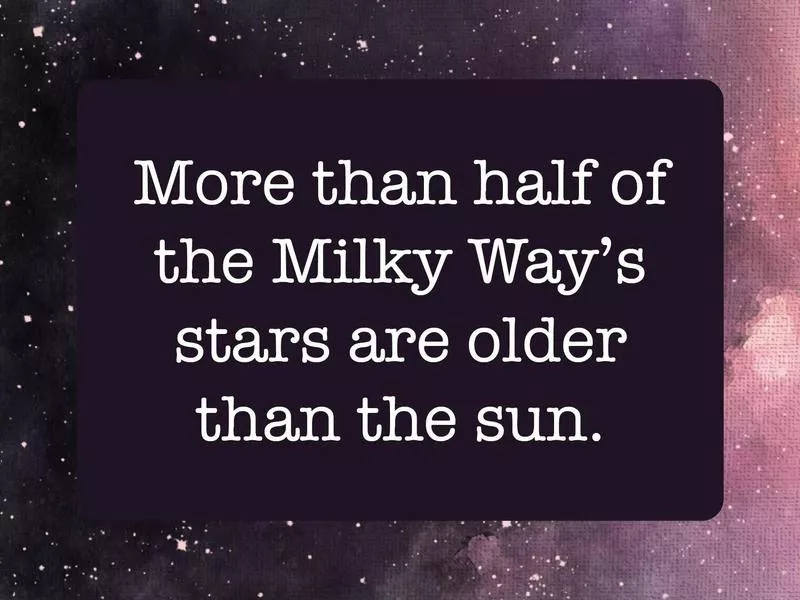
As we’ve already established, there are a lot of stars in our galaxy, and some of them are very old.
Specifically, more than half of the stars in the Milky Way are older than the 4.5 billion-year-old sun.
Something in Common

Out of all the stars in the Milky Way, red dwarfs are the most common.
These stars are approximately one-tenth the mass of the sun.
How It All Started

The Milky Way started out as a series of dense regions in the universe soon after the Big Bang.
Eventually stars — well technically, globular clusters — formed, which still exist today.
So Many Galaxies
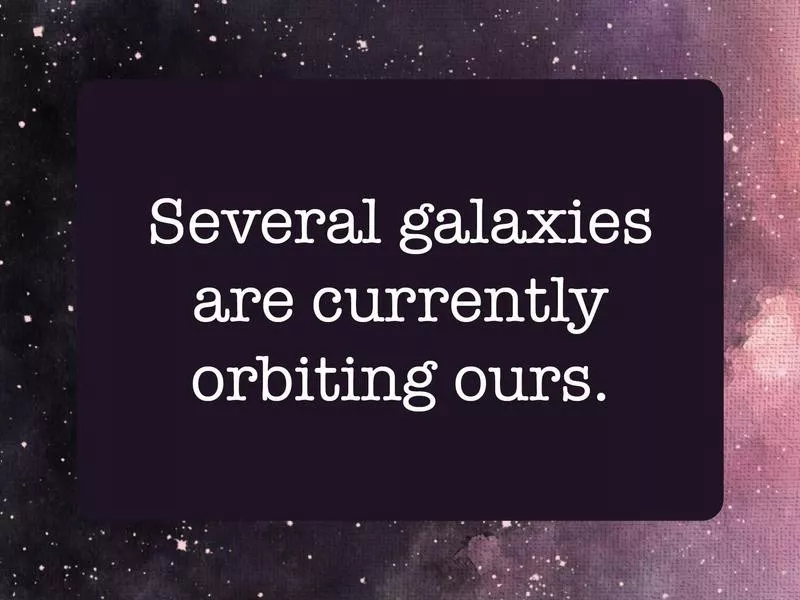
Scientists have confirmed that there are at least 60 other galaxies orbiting the Milky Way — though there may be even more than that that are undiscovered.
As Many as 100 Billion, to Be Exact
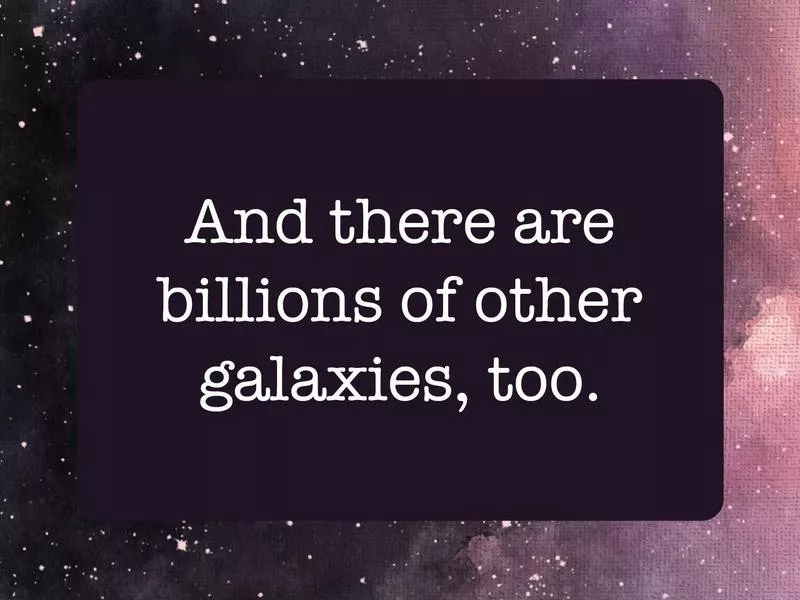
While there are at least 60 galaxies orbiting the Milky Way, some scientists believe there may be as many as 100 billion galaxies in the universe.
And Dirty Grease

In addition to gas and dust, the galaxy is also made up of dirty grease that exists in the space between stars.
Believe it or not, this grease may be an indication of life in other parts of the Milky Way. The substance contains carbon, which is essential for living things to exist.
A Closer Look
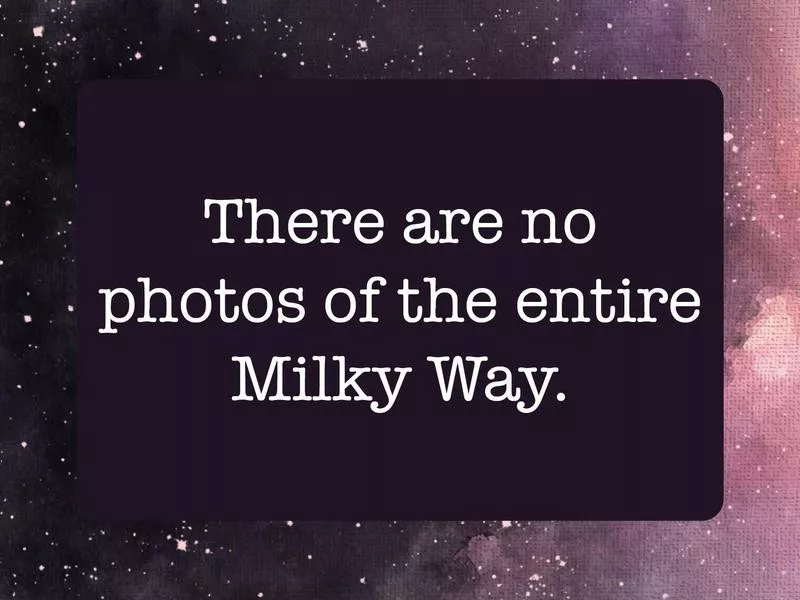
The closest we’ve gotten was the January 2023 release of 21,400 shots (that took over two years) that give the most extensive portrait of the Milky Way to date.
The panorama contains more than 3 billion objects.
A Different Viewpoint

Even though all the stars we see in the sky are part of the Milky Way, it is possible to see three other galaxies with the naked eye.
Instead of stars, these appear as fuzzy patches in the night sky.
Don’t Leave

In order for a star to leave the galaxy, it would require a tremendous amount of energy.
Specifically, the star must reach speeds 1 million mph faster than the 600,000 mph at which objects already traveled around the Milky Way.
A Galactic Tug-of-War

The Milky Way is in the shape of a disk with a central bulge, but it is not perfectly flat.
In fact, it’s warped because our neighboring galaxies are engaged in a tug-of-war, pulling on the matter in the Milky Way.
Not a Long Time
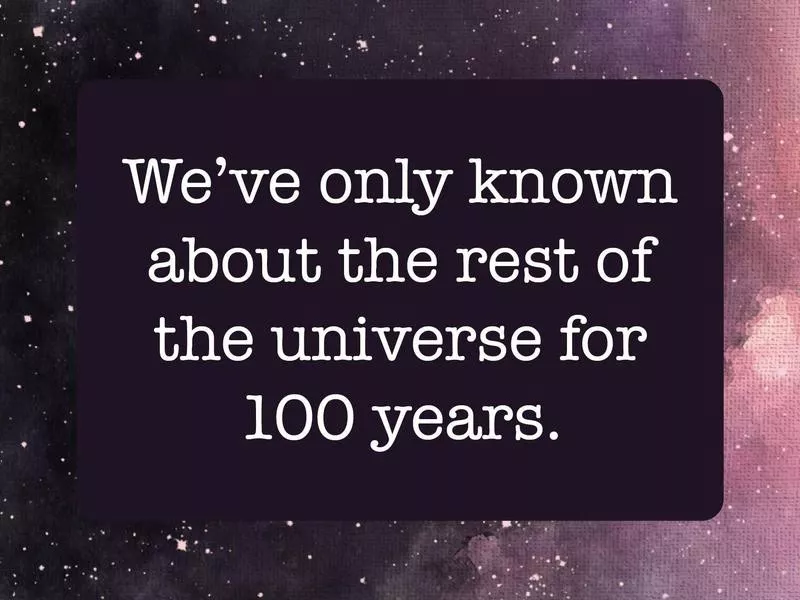
Even though humans have been aware of our galaxy for thousands of years, it has only been a century since we learned that there’s more to the universe than just the Milky Way.
Space Acquisitions

Our galaxy is constantly overtaking other celestial bodies.
Some of the most recent acquisitions include stars from a small galaxy near ours called the Sagittarius Dwarf Spheroidal as well as others from the Magellanic Clouds’ material.
Welcome to the Milky Way
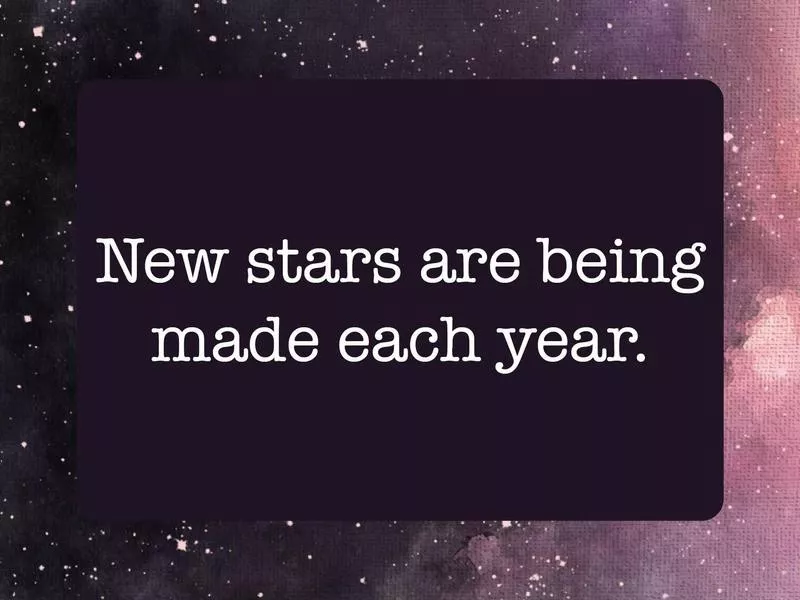
In addition to taking over other galaxies, new stars are formed within the Milky Way.
They’re created at a rate of around seven per year.
Telescopes Are Key
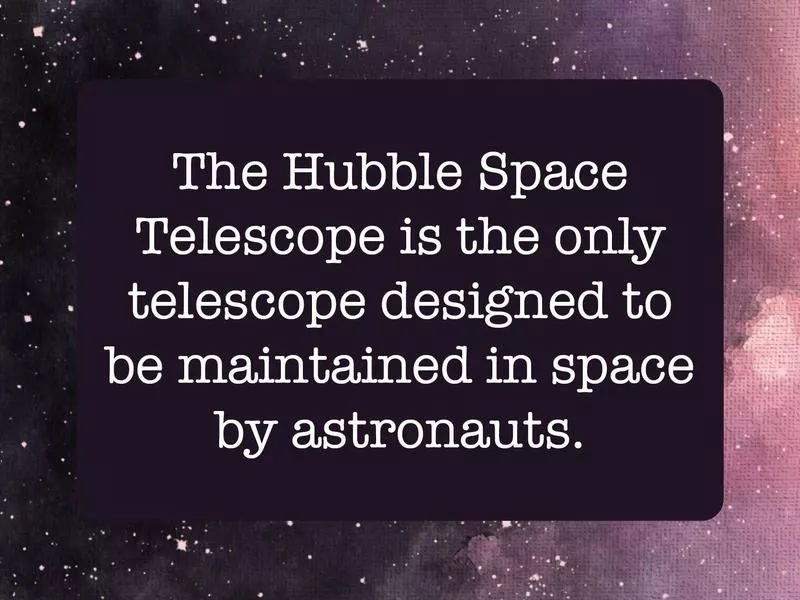
Launched into low Earth orbit in 1990, the Hubble Space Telescope has been key to helping answer many questions about the universe, including the mass and size of the Milky Way as well as the age of the universe.
It is currently operating as of 2020 and could last until 2030 to 2040.